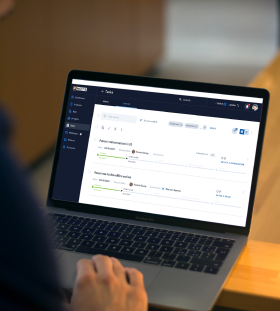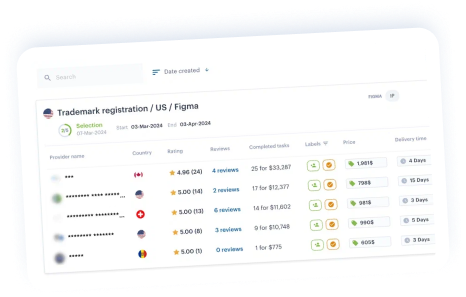تقديم طلب براءة اختراع في هونغ كونغ
تتضمن هذه المرحلة صياغة وصف شامل ورسوم توضيحية تصور اختراعك. كما تتضمن صياغة المطالبات، والتأكد من أن براءة الاختراع الخاصة بك توفر أقصى قدر ممكن من الحماية.



تتضمن هذه المرحلة صياغة وصف شامل ورسوم توضيحية تصور اختراعك. كما تتضمن صياغة المطالبات، والتأكد من أن براءة الاختراع الخاصة بك توفر أقصى قدر ممكن من الحماية.







-
مساعد IP مدعوم بالذكاء الاصطناعي يساعدك على إنشاء مهمة مفصلة خلال دقائق.
-
اختيار وكيل براءات الاختراع المحلي الأكثر ملاءمة بناءً على معايير محددة.
-
صياغة وصف موجز، وتقديم الطلب، ومعالجة الرسوم الحكومية.
-
المراقبة عبر الإنترنت وإعداد التقارير على المنصة طوال العملية بأكملها.

-

أكثر من 800 شركة محاماة متخصصة في الملكية الفكرية من أكثر من 150 دولة، تصنيف ومراجعات
-

مساعد IP مدعوم بالذكاء الاصطناعي يساعد في إنشاء المهام والعثور على المحامين ذوي الصلة
-

رسوم ثابتة، ومدفوعات آمنة وسريعة عبر الإنترنت مع نتائج مضمونة
-

إمكانية الوصول إلى عملية التسجيل وتخزين البيانات عبر الإنترنت لجميع حالاتك على مدار الساعة طوال أيام الأسبوع
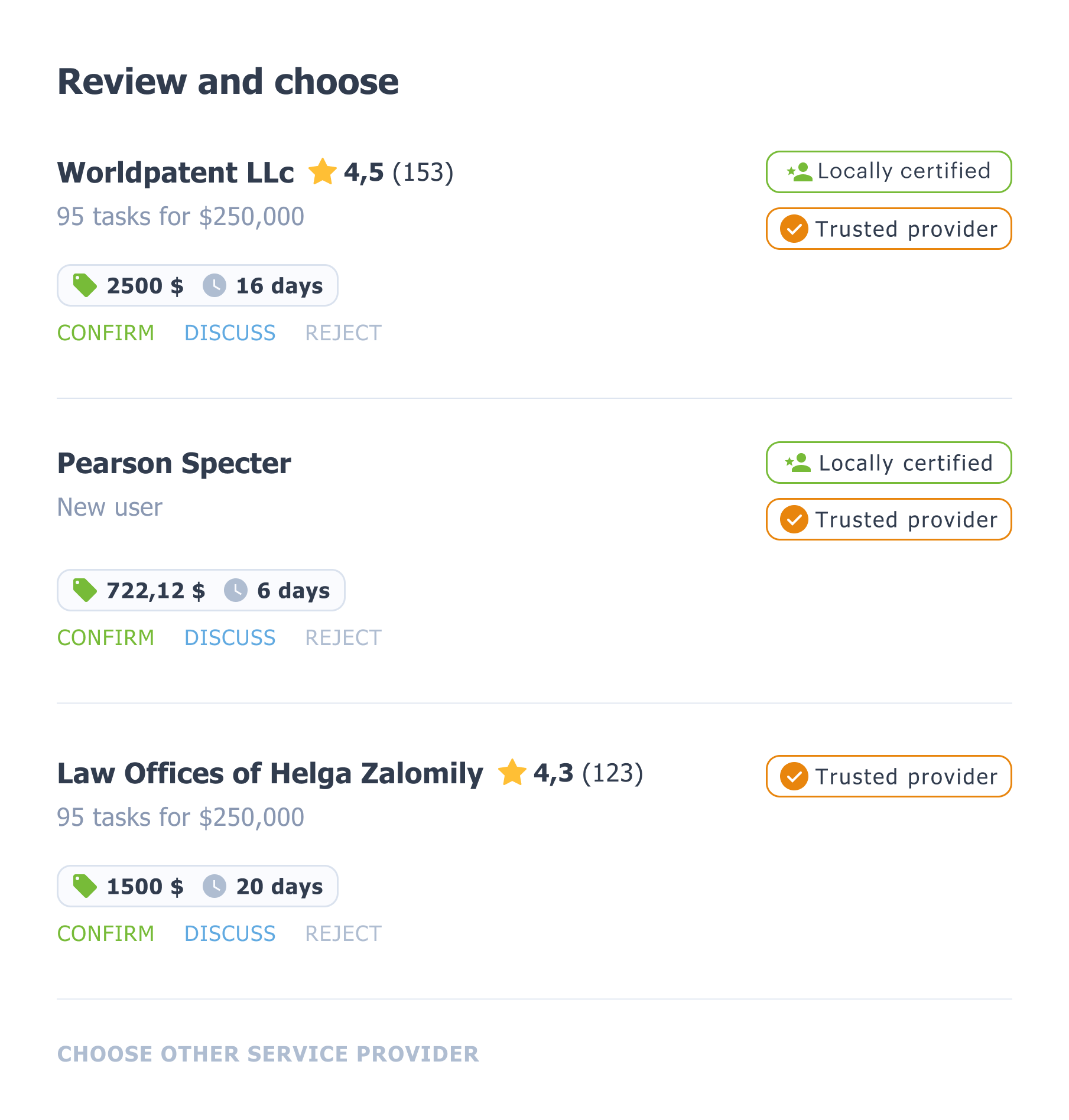



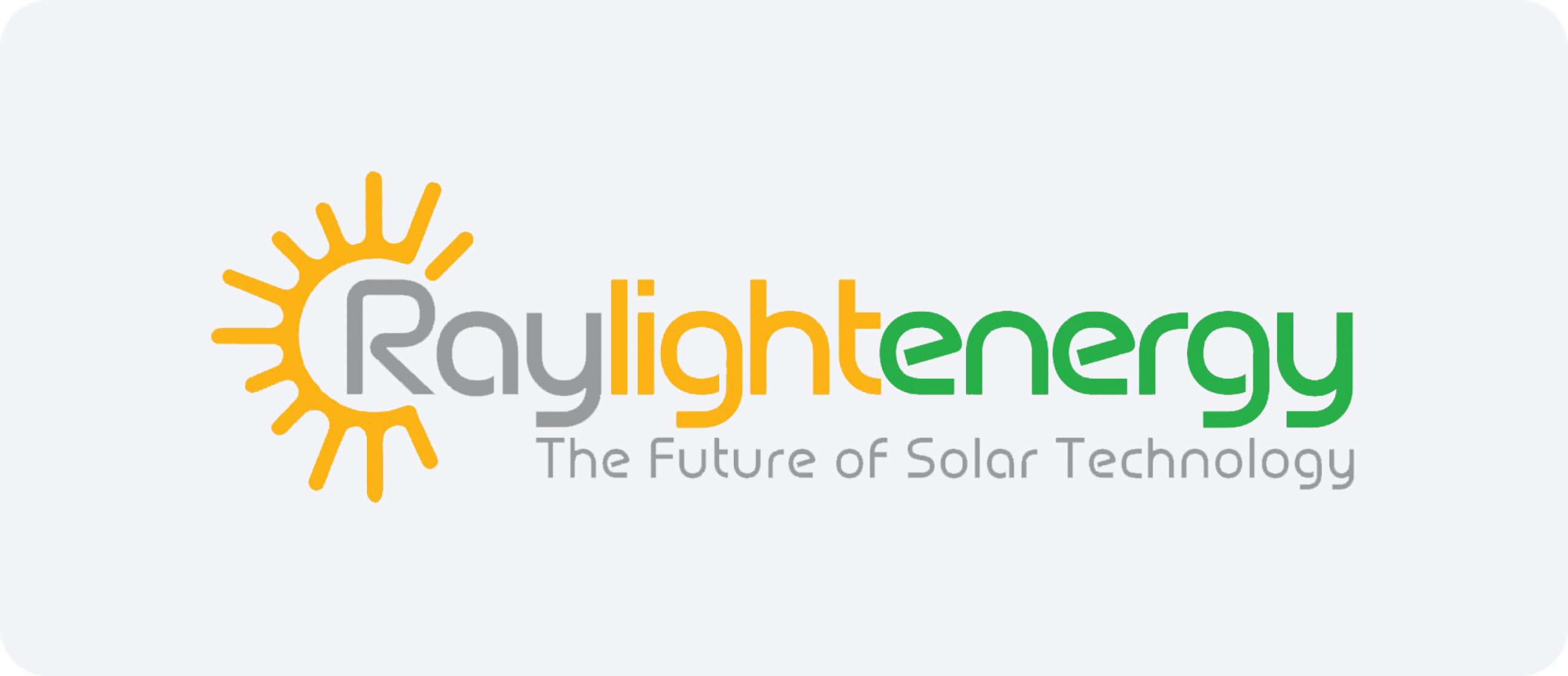



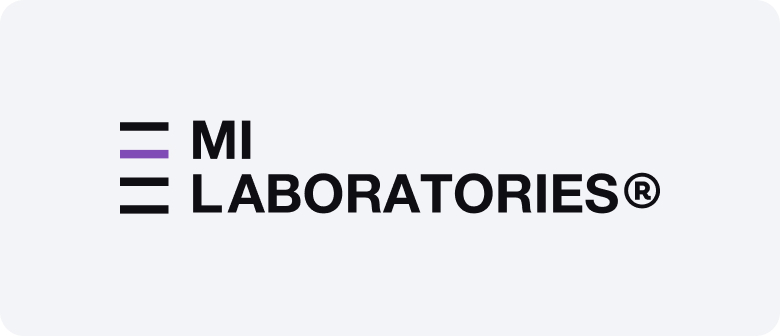

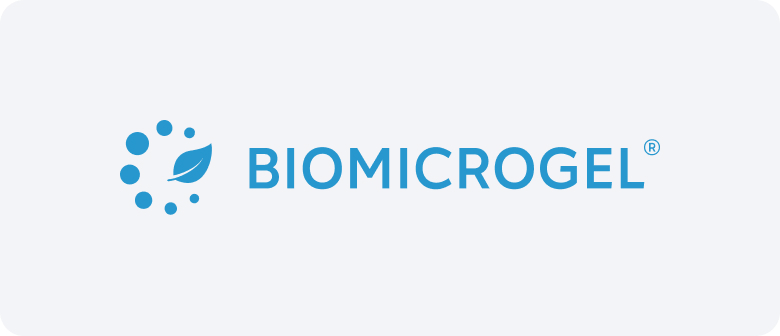
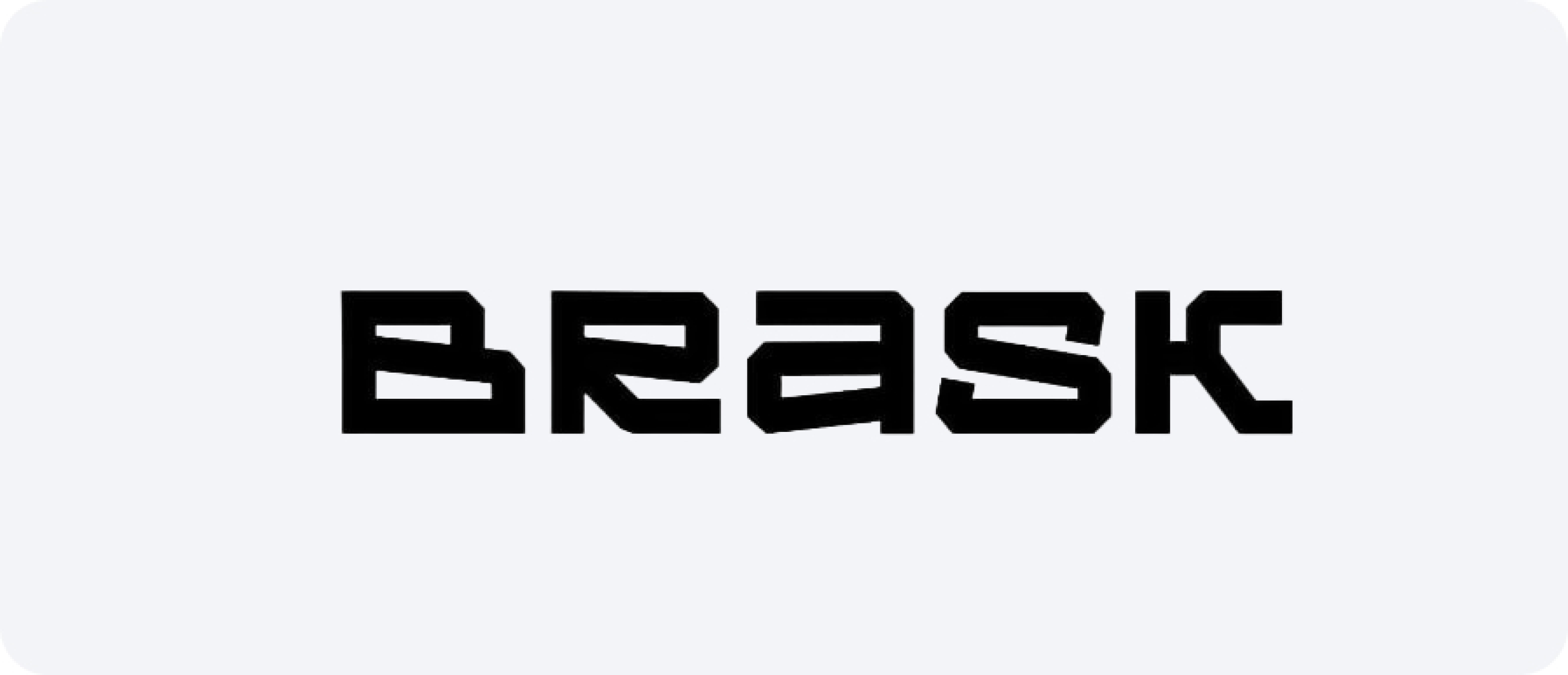





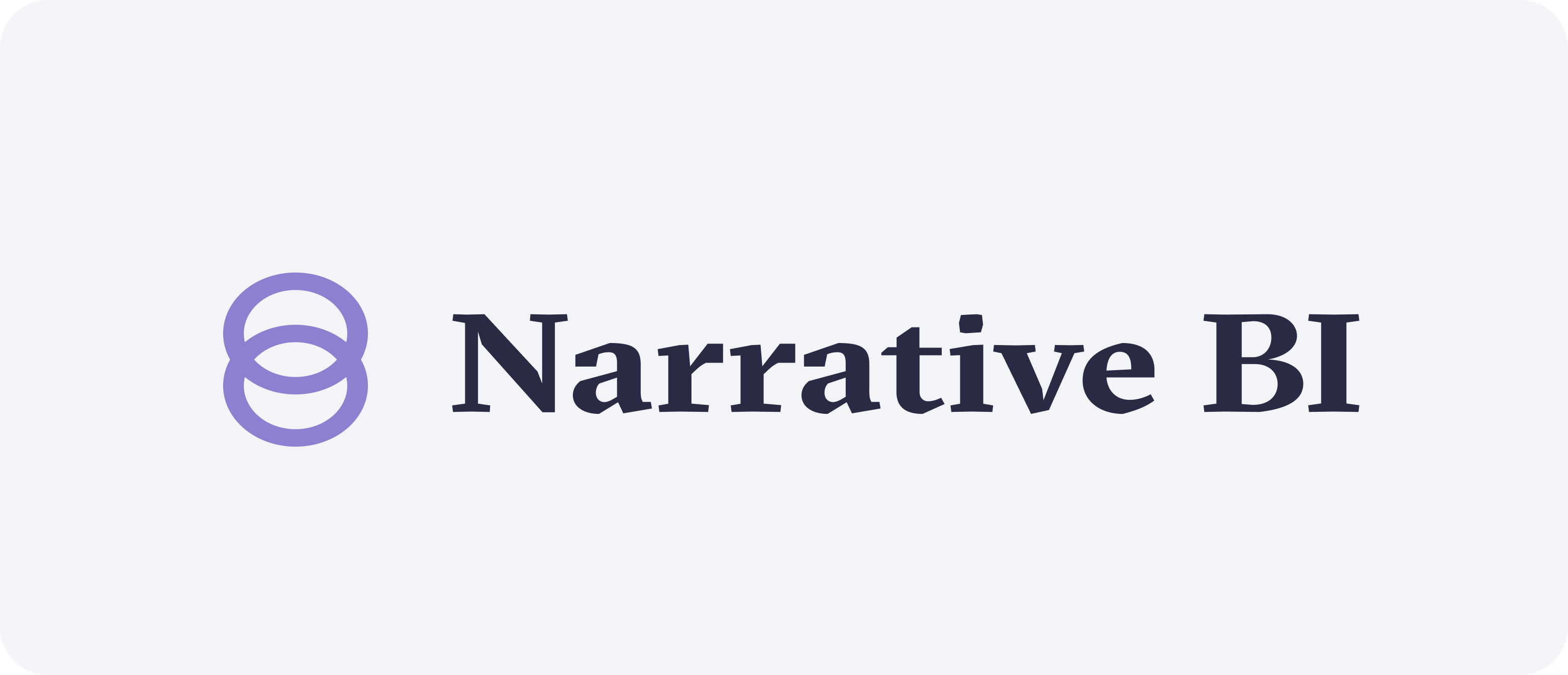
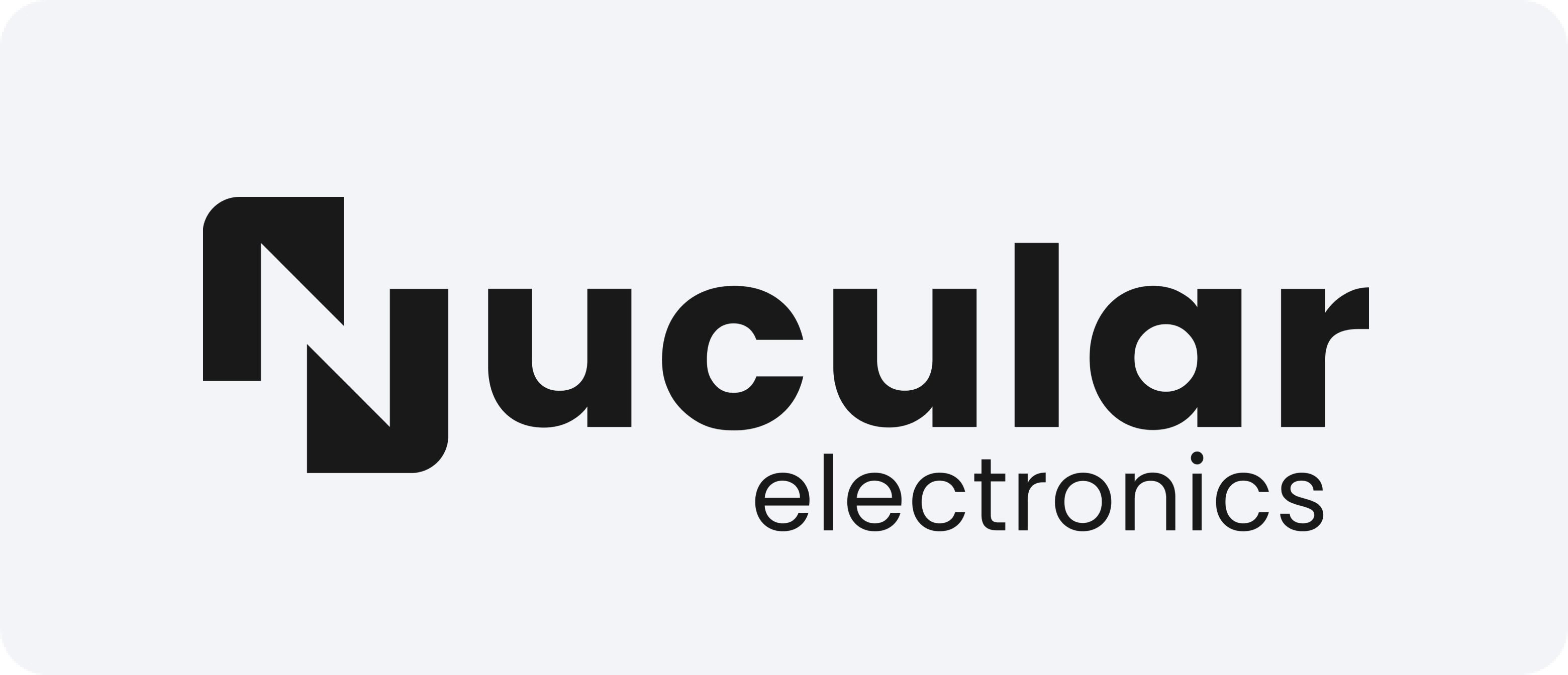

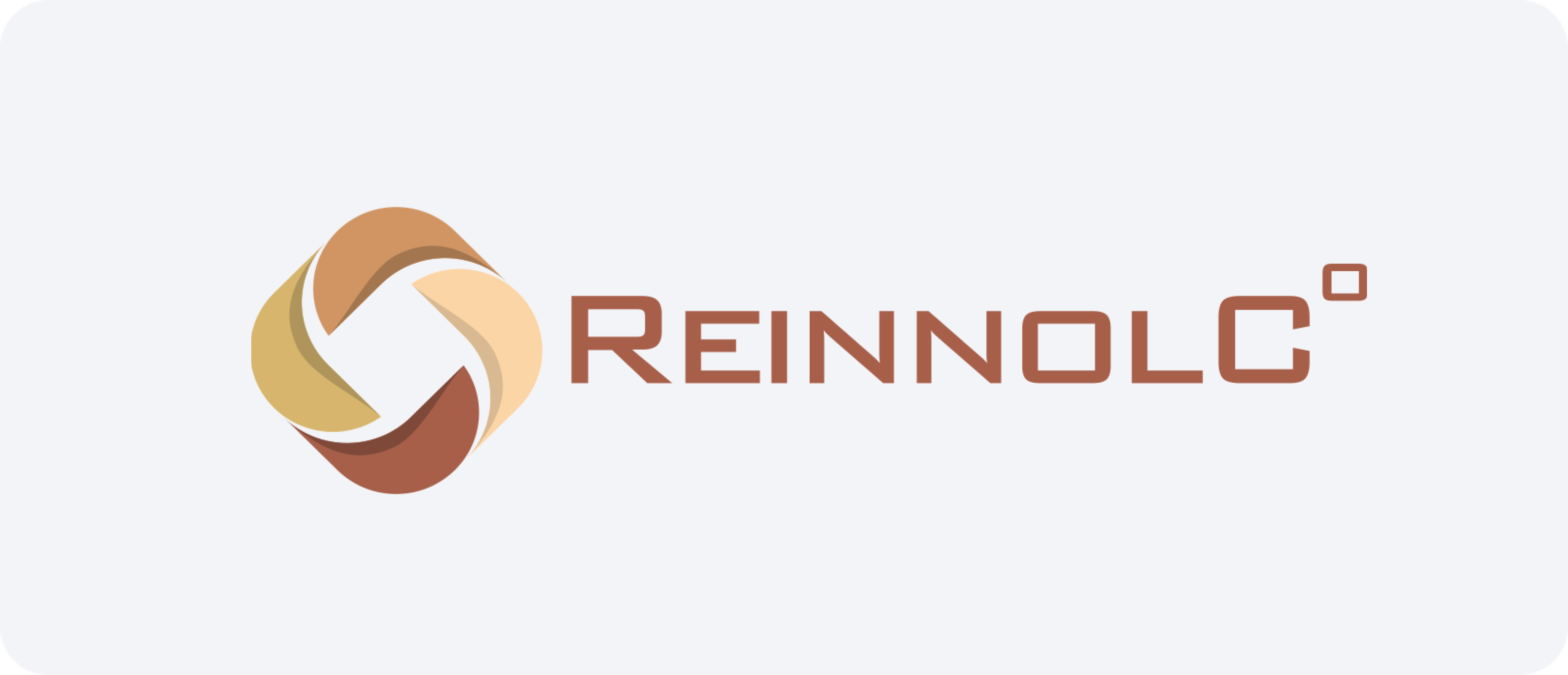


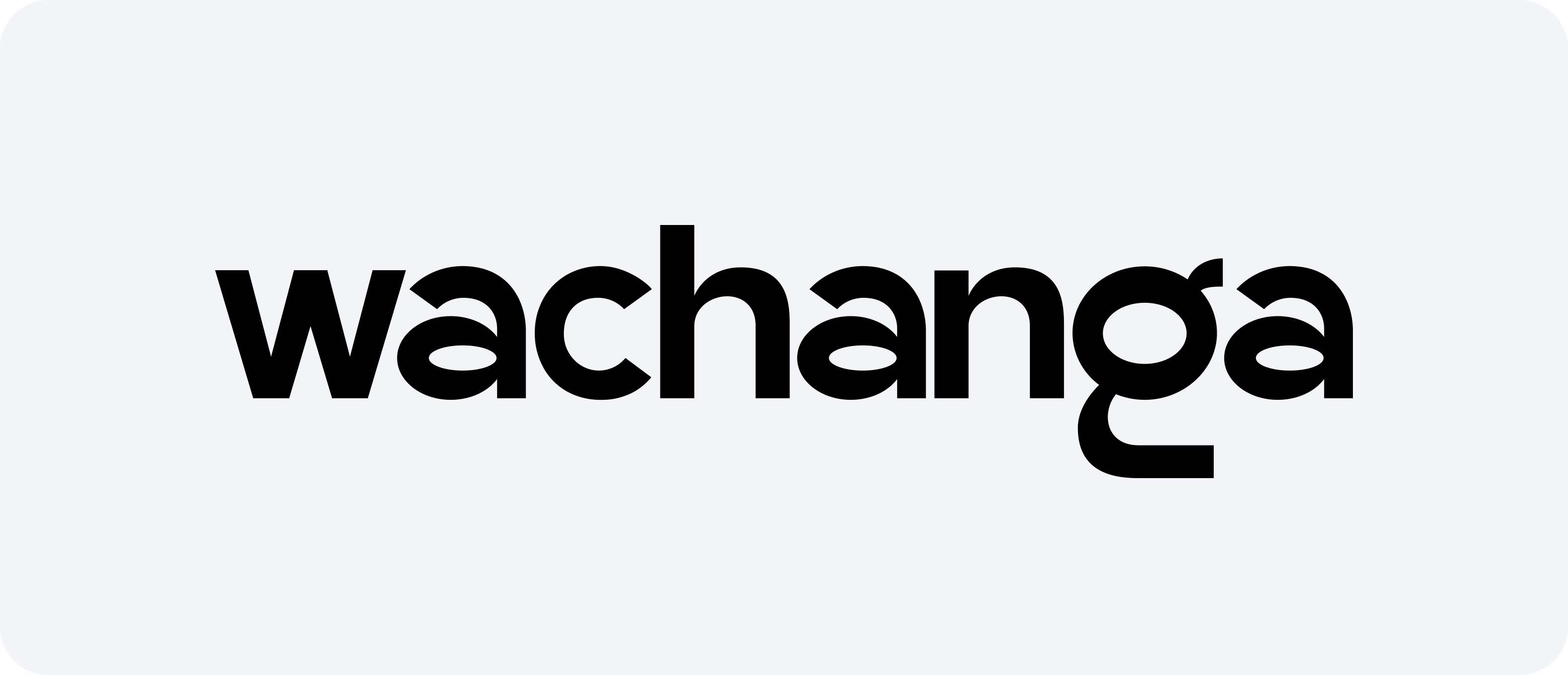

















تقديم طلب براءة اختراع في هونغ كونغ: نظرة عامة خطوة بخطوة
يبدأ تأمين حقوق الاختراع بتقديم طلب براءة اختراع. تضمن عملية تقديم الوثائق للمخترع سيطرةً حصريةً على ابتكاره، وقدرته على تسويقه دون استخدام غير مصرح به من قبل المنافسين. سواءً أكان الطلب كاملاً أم مؤقتاً، فإن فهم نظام الملكية الفكرية المحلي أساسيٌّ للنجاح. في منطقة مثل هونغ كونغ، حيث يتقاطع الابتكار والتجارة، تُعدّ الحماية الدقيقة والسريعة للحلول التقنية ضرورةً استراتيجية.
طرق تقديم طلبات براءات الاختراع
يقدم نظامًا فريدًا يجمع بين المعايير الدولية والإجراءات المحلية. بناءً على طبيعة اختراعك وأهدافك التجارية، يمكنك الاختيار من بين عدة طرق للتسجيل:
1. المعيار (O) بناءً على تقديم طلب سابق لدى مكتب براءات اختراع مُعتمد (الصين، المملكة المتحدة، أو المكتب الأوروبي لبراءات الاختراع). بعد ذلك، يُمكن طلب الانضمام إلى النظام.
2. قياسي (R) - مسار مباشر، تم تقديمه في عام 2019، يسمح للمخترعين بالتقديم مباشرة إلى إدارة الملكية الفكرية (IPD).
3. الحماية قصيرة المدى - خيار أبسط بمدة أقصر، مناسب للتقنيات ذات العمر التجاري المحدود.
يقدم كل مسار فوائد محددة ويرتبط بمستويات مختلفة من المراجعة والقوة القانونية.
التحضير لتقديم طلب براءة اختراع
قبل بدء عملية التسجيل، يُعدّ التحضير الدقيق أمرًا أساسيًا. ويشمل ذلك تقييم حداثة الاختراع، وصياغة محتواه التقني، وتخطيط استراتيجية الحماية.
الخطوات الرئيسية قبل التقديم:
- إجراء تقييم للحداثة لتجنب التعارضات مع الحلول الحالية
- قم بإعداد وصف كامل، بما في ذلك المطالبات والرسوم البيانية
- قرر ما إذا كنت ستبدأ بتقديم مؤقت أو قياسي
- تقدير الرسوم الحكومية المتوقعة والجداول الزمنية
- استشر مستشارًا قانونيًا مؤهلًا على دراية بلوائح الملكية الفكرية
يمنح الطلب المؤقت مقدم الطلب تاريخ أولوية وسنة واحدة لمتابعة الطلب الرسمي، مما يوفر المرونة مع ضمان الحماية المبكرة.
طرق التقديم والمستندات المطلوبة
يمكن تقديم وثائق حماية الاختراع شخصيًا أو إلكترونيًا. توفر إدارة الملكية الفكرية تعليمات مفصلة ونماذج قابلة للتحميل عبر بوابتها الرسمية.
تتضمن المستندات الأساسية للإجراء القياسي ما يلي:
- نموذج الطلب
- كتابة فنية كاملة مع المطالبات والشروحات
- الملخص والرسومات (إذا كانت ذات صلة)
- إثبات الملكية
- تفاصيل الأولوية (في حالة المطالبة بتقديمات سابقة)
- إثبات التقديم السابق، بالنسبة للطلبات القياسية (O)
إن الحزمة الدقيقة والكاملة تقلل من التأخير وتزيد من احتمالية الموافقة.
الرسوم والإطارات الزمنية
المجموع مصاريف يعتمد ذلك على نوع الحماية، وتعقيد الاختراع، وما إذا كان يتطلب دعمًا متخصصًا. عادةً ما تُفرض رسوم أقل على الحقوق قصيرة الأجل، إلا أن مساعدة الخبراء تُضيف إلى التكلفة الإجمالية. تتطلب الإجراءات المباشرة (R-route) أيضًا رسوم فحص.
أوقات المعالجة:
- المعيار (O):تختلف حسب توقيت القرار الخارجي الأصلي
- المعيار (R):المراجعة المحلية مطلوبة؛ يمكن أن تتراوح المدة من 18 إلى 36 شهرًا
- قصيرة المدى:عادةً ما يتم منحها خلال 6 إلى 12 شهرًا
إن الوعي بالجداول الزمنية يساعد المبتكرين على مواءمة خطط الأعمال والإنتاج وفقًا لذلك.
فوائد التقديم في هونج كونج
إن اختيار هونج كونج لحماية الابتكار يوفر العديد من المزايا الاستراتيجية:
- إنفاذ قانوني قوي في ظل نظام شفاف
- بوابة إلى أسواق الصين القارية ورابطة دول جنوب شرق آسيا
- خدمات رقمية فعّالة ودعم للملفات الإلكترونية
- الوصول إلى المعاهدات والأطر الدولية
سواء كانت أعمالك تعمل على المستوى الإقليمي أو العالمي، فإن تسجيل حقوق الملكية الفكرية يضيف الشرعية والأمان على المدى الطويل لجهودك.
الأخطاء الشائعة التي يجب تجنبها
لضمان تنفيذ طلبك بسلاسة، تجنب هذه الأخطاء:
- الإفصاحات غير الكاملة
- المطالبات غير الواضحة أو الواسعة النطاق
- عدم الالتزام بالمواعيد النهائية عند تحويل الإرسال المؤقت إلى التسجيل الكامل
- تجاهل تواريخ التجديد أو ردود المكتب
- عدم طلب التوجيه من محامٍ معتمد عند الضرورة
إن اتباع المنهجية أثناء التقديم يقلل من المخاطر ويبني حماية قانونية أقوى.
خاتمة
إن تقديم طلب براءة اختراع في هونغ كونغ ليس مجرد إجراء شكلي، بل هو التزام بحماية الابتكار في أحد أبرز مراكز الأعمال في آسيا. سواء بدأت بطلب أولي أو انتقلت مباشرةً إلى التسجيل الرسمي، فإن فهم الإجراءات والتكاليف والاستراتيجيات يضمن النجاح. من الشركات الناشئة المتنامية إلى الشركات العالمية، تُعد الحماية الفعالة للملكية الفكرية الخطوة الأولى نحو تحويل الابتكار إلى قيمة تنافسية.
